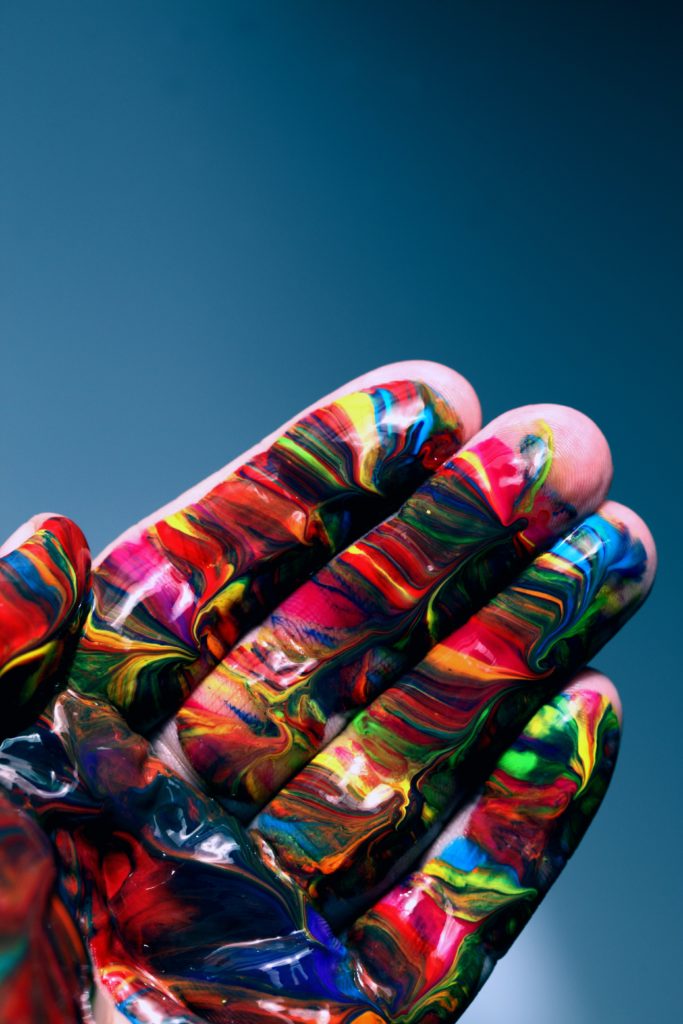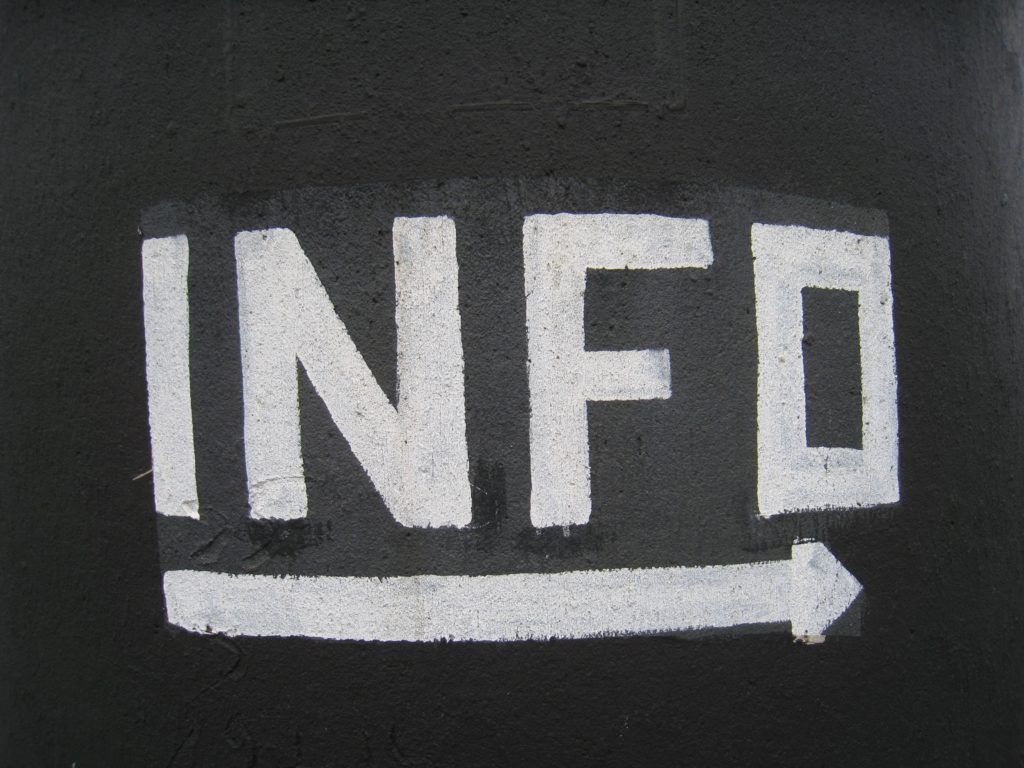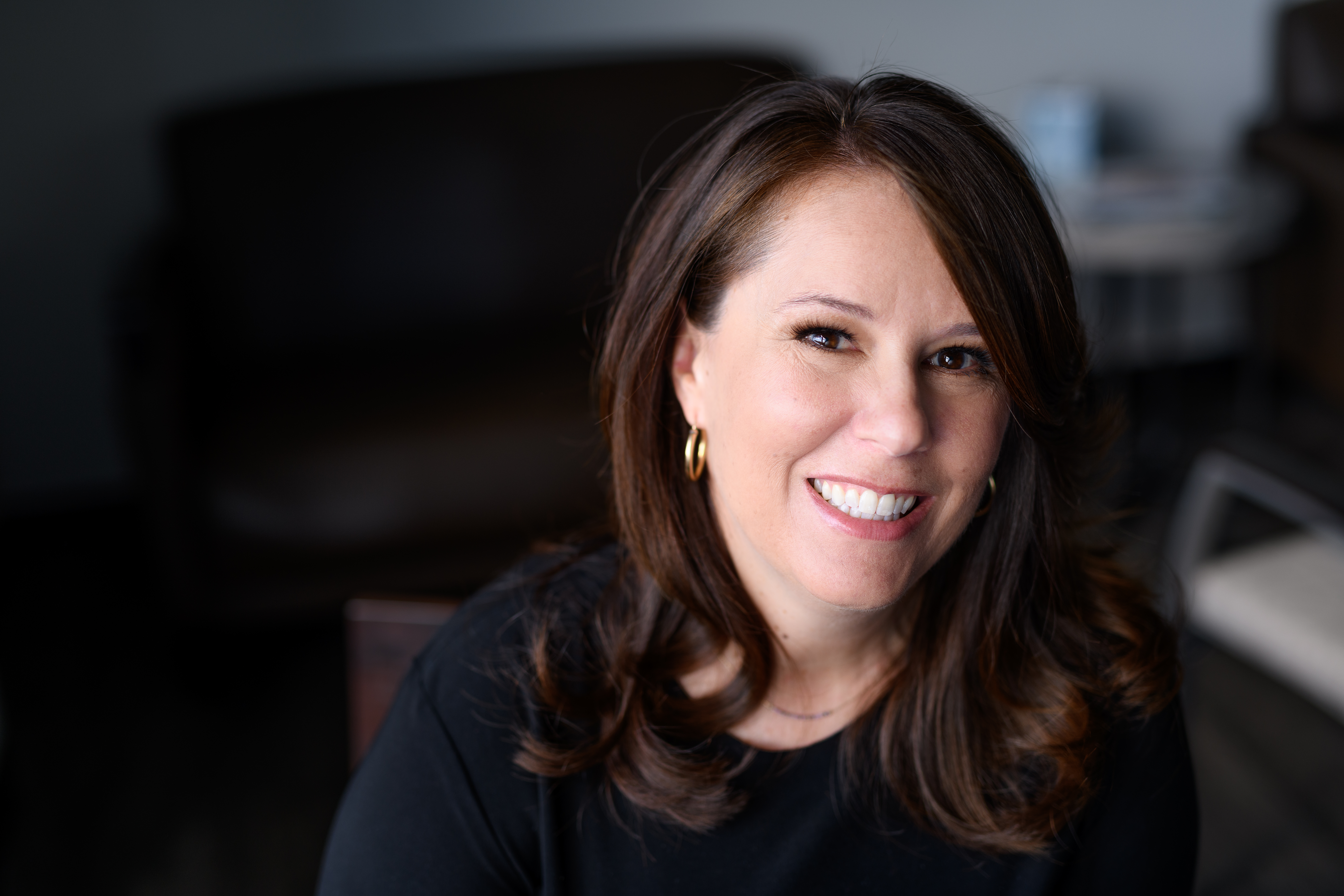Diversity has become a top priority for organizations. But despite being in the spotlight, real diversity and inclusion success is mixed.

Diversity works when different people with different perspectives are able to engage and share ideas openly and safely. To openly and safely share ideas, people must feel respected, valued, and appreciated. For organizations to benefit from diversity, they must create an inclusive culture.
So, why aren’t diversity training programs and initiatives more successful?
Companies that attempt D&I initiatives are often left feeling frustrated and alone. Their attempts at re-writing mission statements, re-defining HR hiring practices, and providing diversity training sessions leave them wondering what went wrong. Why can’t we create the culture we want?
Traditional Approaches are Often Insufficient
Traditional diversity and inclusion initiatives don’t address the underlying thinking and behaviors that created the existing company culture. Culture is made of things like unwritten rules, norms, expectations, ideologies, language usage, and symbolic gestures. These components are often taken for granted and contribute to maintaining the status quo.
Traditional programs also often fail to address the social dynamics at play in groups. What one person will say and do in isolation may be very different from what they will say and do in a group. Group dynamics have a significant impact on behavior and feelings of inclusion.
In addition, many trainings don’t address the buy-in variable. Buy-in impacts follow-through, or lack thereof, of initiatives by management and key players. Success is not guaranteed. But it is much more likely to happen if people are brought on board early, if communication is transparent, and adequate time and resources are put towards making diversity and inclusion a priority.
Diversity only really works when people feel included.
Feelings of Inclusion come from being respected, appreciated, and needed. Inclusion breeds trust. Trust breeds safety. Safety enables people to bring their whole self to work, including their diverse perspectives. Therefore, inclusive environments help organizations benefit from diversity.

Traditional Diversity Initiatives Focus on Logistics
Logistics are those checklist items that tend to be the most monitored and measured in organizations. These benchmarks help maintain a sense of fairness and frame policies and practices. However, logistics alone cannot create inclusive cultures. Diversity isn’t a numbers game. The numbers only tell a piece of the story.
The Most Measured and Monitored items are:
- Recruitment and Hiring. However, bringing in people from diverse backgrounds doesn’t guarantee that they will share their diverse perspectives. Lack of inclusion inhibits the likelihood that people will speak up. It also increases the likelihood that they will leave. What good is having a diverse population if the organization doesn’t benefit from the assets the diversity brings?
- Do’s and Don’ts Diversity Training: Even I, as an adjunct faculty member at a state university, still have to participate in these online training seminars where we watch videos and are assessed on our responses. These types of programs are more about checking a box than creating any real sustainable change. Do’s and Don’ts Training focus on scenarios and how to handle them. These programs may have some value in conjunction with other platforms, but as stand-alone program, research has shown us that they create very little, if any, change.
- Monitoring Pay Distributions. Yes, pay equity matters, but paying people equitably does not build diversity and inclusivity. It can help build a perception of fairness within the organization. But very few companies publish salaries, and it violates our cultural norms to discuss compensation with co-workers, so ambiguity and uncertainty of pay often remain.
- HR Policies and Mission Statements: When was the last time you saw a policy or rule radically change behaviors? Organizations are where they are for a reason – the social and institutional dynamics and the people behind them. Policies and statements are important to set the tone and the expectations, but unless people model inclusive behavior and embrace the integration of difference, little will actually change.

Creating Diverse and Inclusive Cultures
- Assess and diagnose the reality of your organization to formulate a plan that will create real sustainable change. There is no one size fits all fix to create inclusive cultures. Start by assessing who feels included and who doesn’t within your own organization.
- Work with professionals that can help your organization uncover the unconscious bias preventing you from reaching your diversity goals. Real change comes from building social awareness and shifting the lens people use to see and interact in the world.
- Actively and proactively create opportunities for team members to develop psychological safety and trust. Have open and honest discussions about the reality of what is.
- Create a culture that embraces authenticity and difference. This isn’t a policy statement. This is about really getting to know one another and accepting and appreciating differences. This requires self-awareness, social awareness, buy-in and follow-through.
- Develop metrics to hold people accountable for increasing diversity. Bring everyone on board early with open conversations and transparency.

Diversity and Inclusion Pays Dividends
Organizations with inclusive environments thrive because their team members work together for mutual benefit. They thrive because employees trust one another and feel like they are a valued member of the team.
It is not surprising that research shows us that organizations with diverse and inclusive environments outperform their competitors. They are more innovative, responsive, and creative.
Are you ready to shyft the status quo?
Are you ready to embrace real change by creating inclusive environments where everyone thrives?
It is time to build leadership and organizational awareness of shyfting social dynamics to uncover and overcome the unconscious bias preventing the success of diversity and inclusion initiatives.

By Kristin Heck Sajadi, Founder and CEO at Shyft Strategies, LLC Sajadi is a sociologist, entrepreneur and developer of the Shyft5 TM program – helping individuals and organizations build social awareness as a business asset to shyft the status quo.
Shyft5 TM program tackles challenges and builds awareness—the benchmark for effective communication, productive interaction, and thriving cultures in today’s organizations.
At Shyft Strategies, we help you uncover the obstacles and barriers preventing you from reaching your goals. We help you navigate today’s new business and human capital reality. The first step to moving forward is increasing awareness. Awareness isn’t just learning a new fact or statistic. It is connecting the dots between the reality of what is and why, so that we can consciously and cognitively shyft to what can be and how.

